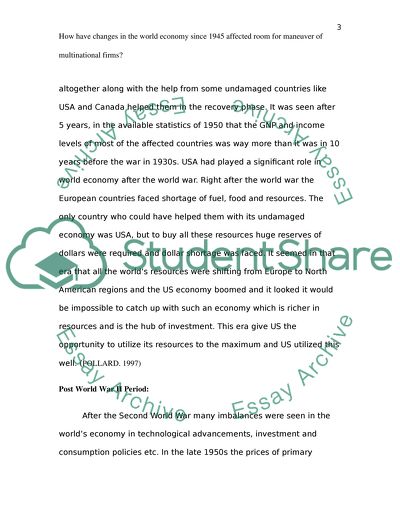Cite this document
(“How Have Changes In The World Economy Since 1945 Affected Room For Essay - 1”, n.d.)
Retrieved from https://studentshare.org/history/1397901-how-have-changes-in-the-world-economy-since-1945-affected-room-for-maneuver-of-multinational-firms
Retrieved from https://studentshare.org/history/1397901-how-have-changes-in-the-world-economy-since-1945-affected-room-for-maneuver-of-multinational-firms
(How Have Changes In The World Economy Since 1945 Affected Room For Essay - 1)
https://studentshare.org/history/1397901-how-have-changes-in-the-world-economy-since-1945-affected-room-for-maneuver-of-multinational-firms.
https://studentshare.org/history/1397901-how-have-changes-in-the-world-economy-since-1945-affected-room-for-maneuver-of-multinational-firms.
“How Have Changes In The World Economy Since 1945 Affected Room For Essay - 1”, n.d. https://studentshare.org/history/1397901-how-have-changes-in-the-world-economy-since-1945-affected-room-for-maneuver-of-multinational-firms.


